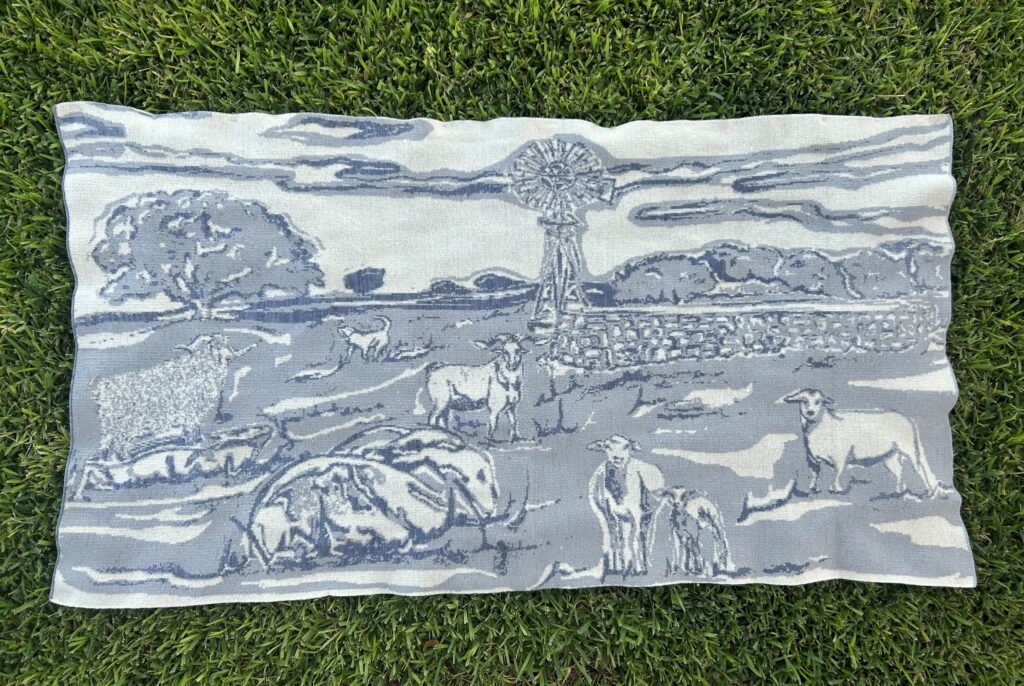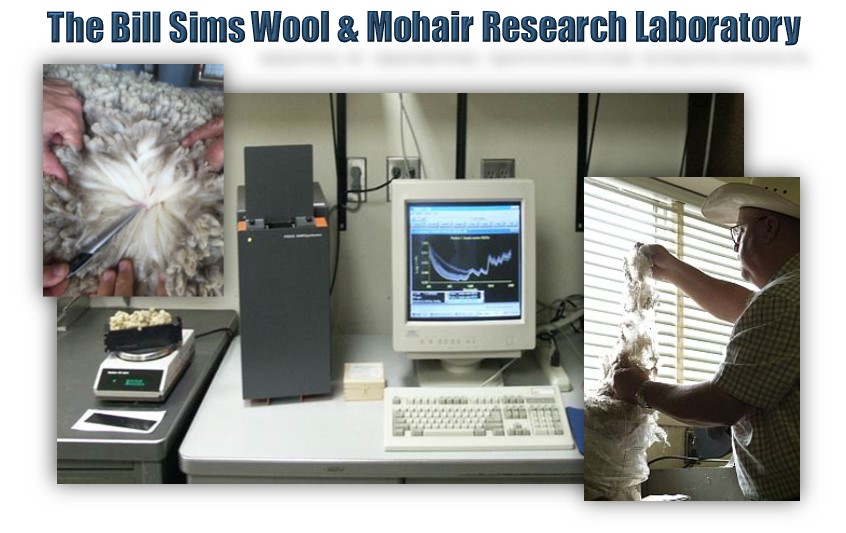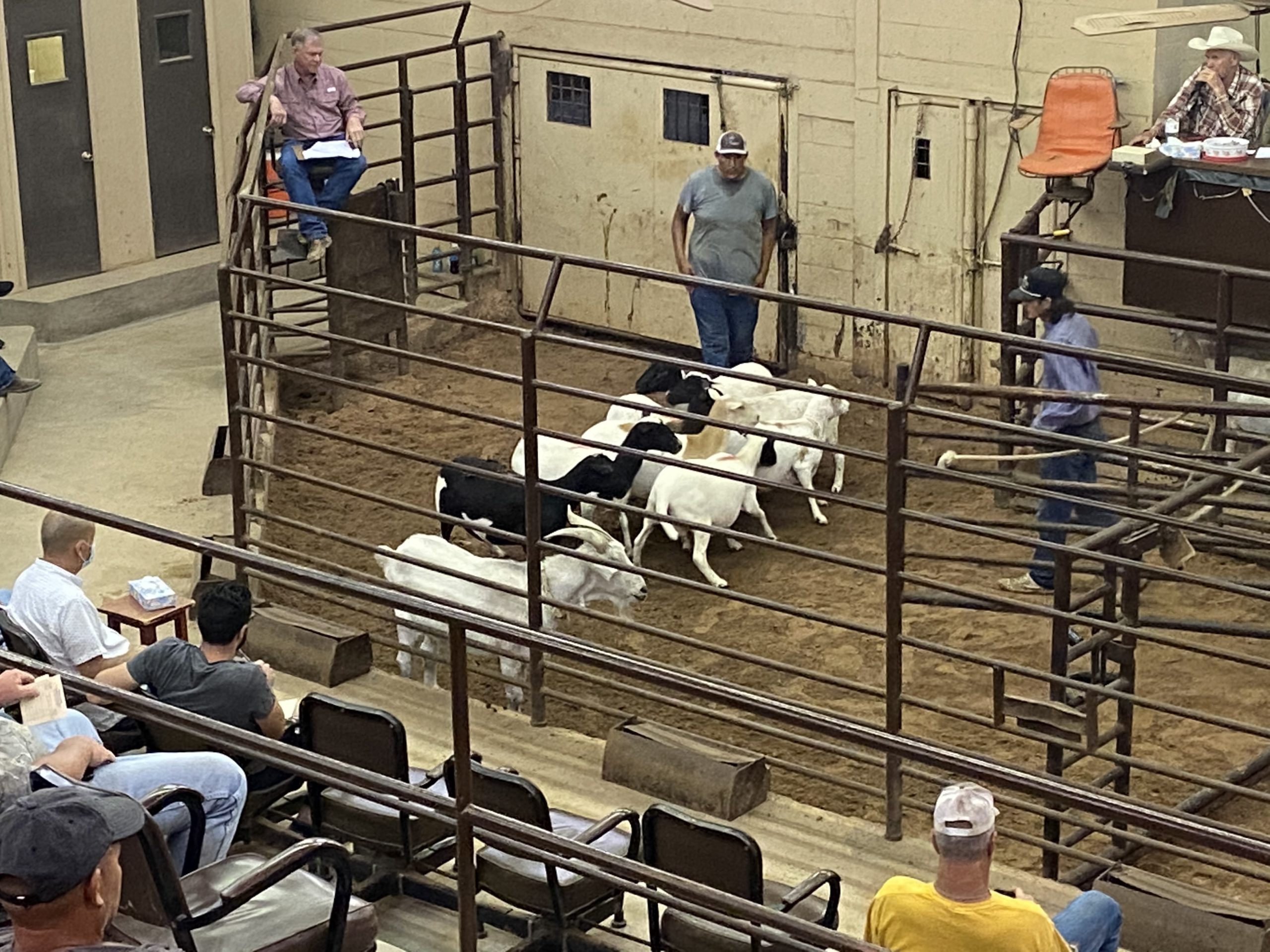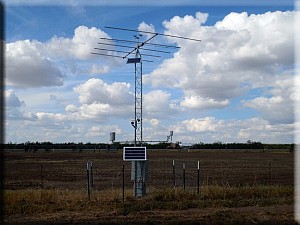About the Angora Goat Central Performance Test
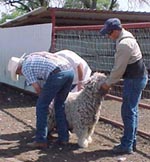 The Angora Buck Test is conducted to help producers identify goats with superior performance. The annual test had been conducted in a feedlot up through 2013. Increasing feed costs and concerns about ability to adapt to extensive management conditions resulted in a group of breeders that wanted to conduct a pasture goat performance test. The pasture format was first used in 2014.
The Angora Buck Test is conducted to help producers identify goats with superior performance. The annual test had been conducted in a feedlot up through 2013. Increasing feed costs and concerns about ability to adapt to extensive management conditions resulted in a group of breeders that wanted to conduct a pasture goat performance test. The pasture format was first used in 2014.
Weights are recorded when the bucks arrive at the test station. At the end of June, the bucks are weighed for the final time and staple length is measured. Then they are shorn and computations begin. Each fleece is weighed, scoured and clean yield is computed. Hair sample analysis will determine average fiber diameter and standard deviation. Each sample is scrutinized for kemp and medullated fibers. Kemp fibers are hollow and do not accept dye. Although med fibers are less hollow, neither is desirable for our international mohair buyers.
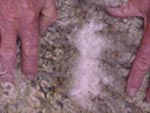 The competition is very stiff and bucks with physical defects, insufficient fleece or body weight are disqualified. Results are based on the numbers and are published for everyone to see. Grease weights, yields, goat weights, med and kemp percentages, fleece length, and microns are all provided in the report.
The competition is very stiff and bucks with physical defects, insufficient fleece or body weight are disqualified. Results are based on the numbers and are published for everyone to see. Grease weights, yields, goat weights, med and kemp percentages, fleece length, and microns are all provided in the report.
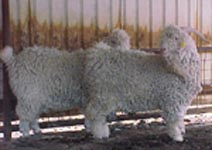 “The purpose of the central performance test is to measure performance, growth and fleece characters of animals from several herds at one central location in order to identify genetically superior goats. This provides valid comparisons among animals and because all animals are handled alike (feed, housing, health), the differences between animals are better indicators of true genetic differences.”
“The purpose of the central performance test is to measure performance, growth and fleece characters of animals from several herds at one central location in order to identify genetically superior goats. This provides valid comparisons among animals and because all animals are handled alike (feed, housing, health), the differences between animals are better indicators of true genetic differences.”
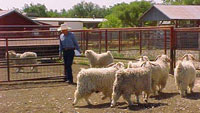 The Angora Goat Performance Test is conducted annually at the Texas A&M AgriLife Research Station in Sonora. If you have questions, please contact Dr. Redden at (325) 653-4576 or reid.redden@ag.tamu.edu
The Angora Goat Performance Test is conducted annually at the Texas A&M AgriLife Research Station in Sonora. If you have questions, please contact Dr. Redden at (325) 653-4576 or reid.redden@ag.tamu.edu

